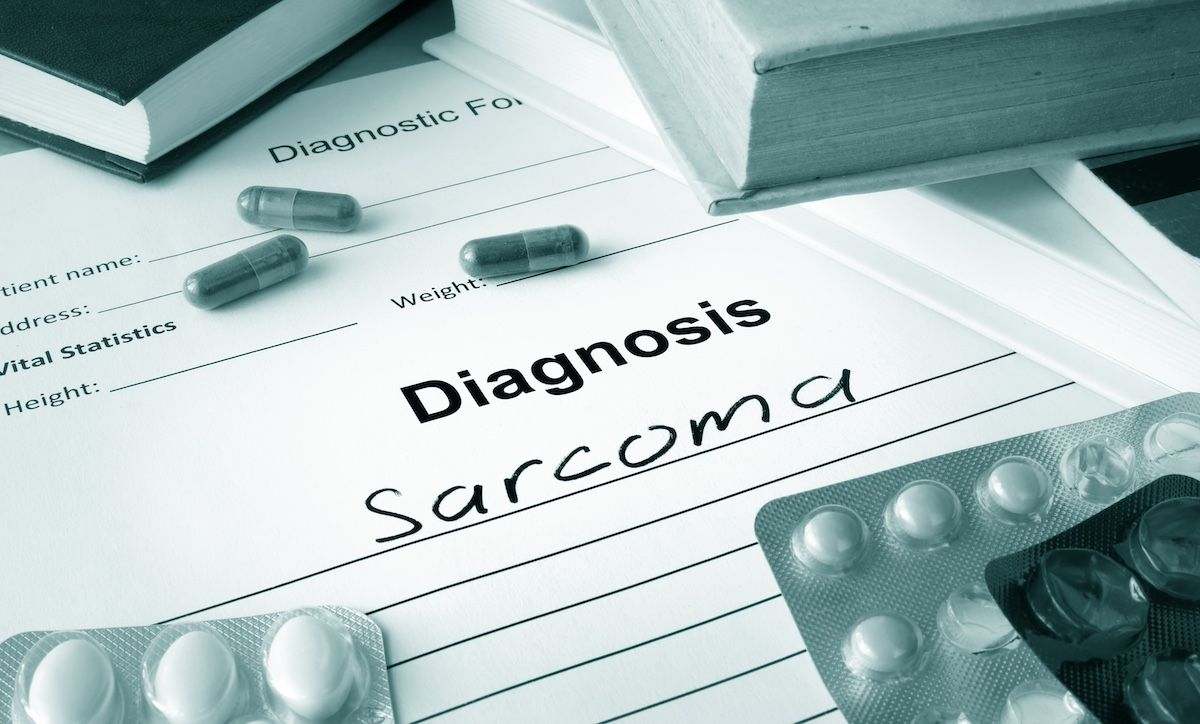- Center on Health Equity & Access
- Clinical
- Health Care Cost
- Health Care Delivery
- Insurance
- Policy
- Technology
- Value-Based Care
Case Study Highlights Diagnostic Challenges in Rare Soft Tissue Tumor
Synovial sarcoma—a rare, aggressive soft tissue cancer—can present as a painless hand swelling that mimics a harmless lesion, underscoring the need for early recognition and improved diagnostic access in low-resource settings.
A newly published case report from Africa detailed a rare and deceptively benign presentation of synovial sarcoma, a malignant soft tissue tumor with high metastatic potential.1
The report, published in Case Reports in Pathology, has documented the first known case of synovial sarcoma in the country, underscoring both the diagnostic challenges of this cancer and the need for improved oncology reporting across sub-Saharan Africa.
Synovial sarcomas pose significant diagnostic difficulty because of their benign clinical appearance and nonspecific imaging characteristics. | Image credit: VitaliiVodolazskyi - stock.adobe.com

Synovial sarcoma represents about 5% to 10% of all soft tissue sarcomas, affecting roughly 1 in a million adults each year. In the United States, 800 to 1000 new cases are diagnosed each year.2 It most commonly occurs in the extremities of young adults, typically aged between 15 and 40 years, and is extremely rare in individuals over 50. The slow-growing, painless nature of the disease often leads to misdiagnosis as a benign lesion, delaying definitive treatment and increasing the risk of metastasis.
The gold standard for diagnosis is molecular confirmation of a t(X;18)(p11;q11) translocation, producing SS18–SSX fusion genes, which has been detected in over 95% of cases. However, in many low-resource settings, including the current case, such testing is unavailable.
“Molecular confirmation of the SS18-SSX fusion gene, the gold standard for diagnosis, was not performed due to resource constraints. This is important to note, as other spindle cell lesions remain in the differential diagnosis,” noted the researchers, explaining that that broader access to molecular pathology tools across African hospitals could significantly improve diagnostic accuracy and clinical outcomes. In the absence of molecular confirmation, diagnosis relies on classic histologic and immunohistochemical findings.
The Tanzanian case involved a 57-year-old man with HIV who developed a gradually enlarging, nonpainful swelling on his left hand over two years. Initially mistaken for a benign cyst or inflammatory lesion, the mass was eventually diagnosed as synovial sarcoma after progression of swelling, resulting in pain and limited range of motion, which prompted further assessment.
Synovial sarcomas pose significant diagnostic difficulty because of their benign clinical appearance and nonspecific imaging characteristics. They can easily mimic ganglion cysts, myositis, or other benign soft tissue masses, leading to diagnostic delays of several years in many cases.
Globally, synovial sarcoma remains a rare but aggressive malignancy with a 5-year survival rate of 70% to 80% and a 10-year survival rate around 50%. Tumor size, location, and surgical margins are key prognostic factors; lesions larger than 5 cm or those resected with positive margins have a much higher recurrence rate.
Surgical excision with wide negative margins remains the cornerstone of treatment, while radiotherapy is often used to reduce local recurrence risk. Chemotherapy is reserved for high-grade or metastatic disease, though its efficacy remains debated. In this case, the patient received a complete resection, and the patient’s favorable short-term recovery is a promising indicator, with no recurrence or metastasis observed at 1 year of follow-up. However, the researchers note that recurrence can occur even several years post-surgery, emphasizing the importance of long-term surveillance.
Beyond clinical management, the case, which is the first reported in the region, carries broader implications for cancer reporting and research in sub-Saharan Africa, explained the researchers.
“This makes it an important case for publication, as it contributes to extending current knowledge, filling a significant geographic and epidemiological gap, and highlighting the need for further case reporting from such regions,” wrote the group. “Documenting cases from these areas may also reveal new associations, such as a possible link to HIV infection, and improve understanding of disease presentation and management in different populations.”
The researchers also noted that the case reinforces the need for clinicians to maintain a high level of suspicion when evaluating any persistent or enlarging mass, regardless of pain or growth rate. In resource-limited environments, strengthening diagnostic infrastructure and clinical awareness can lead to earlier interventions and better outcomes.
References
1. Lodhia J, Msuya D, Tadayo J, Mremi A. Synovial sarcoma: malignant soft tissue sarcoma with benign clinical characteristics—a case report. Case Rep Pathol. Published online August 23, 2025. doi:10.1155/crip/9585628
2. Mangala A, Gasalberti DP. Synovial cell sarcoma. National Library of Medicine. Last updated May 6, 2023. Accessed October 26, 2025. https://www.ncbi.nlm.nih.gov/books/NBK587366/
Health Outcomes of Dually Eligible Beneficiaries Under Different Medicare Payment Arrangements
December 1st 2025Within the same physician groups, 2-sided risk in Medicare Advantage (MA) was associated with higher quality and lower utilization for dually eligible beneficiaries compared with fee-for-service MA and traditional Medicare.
Read More
